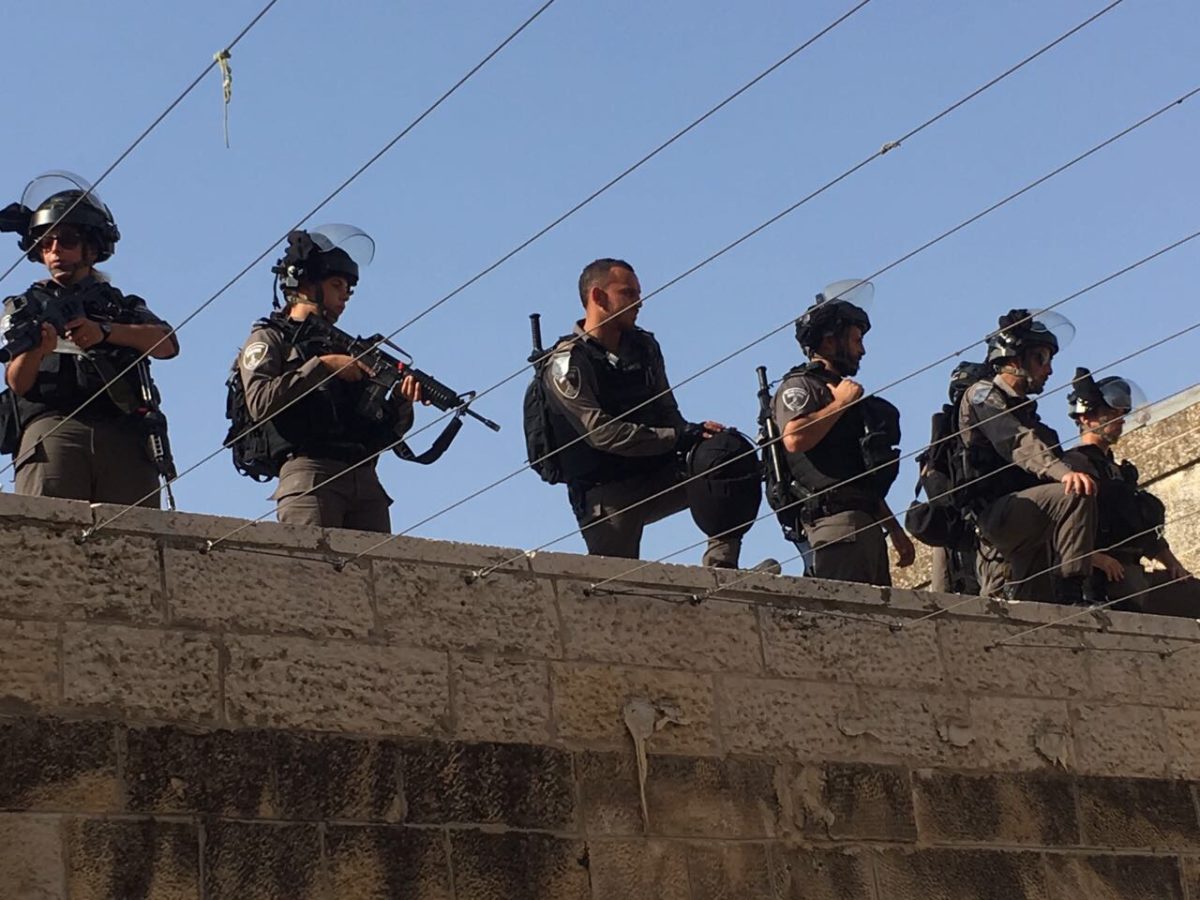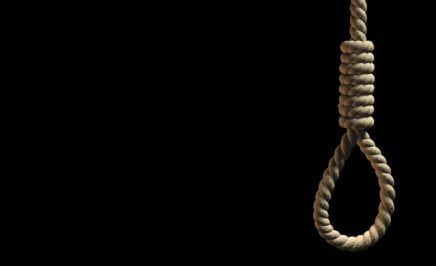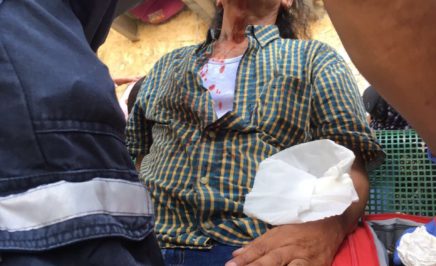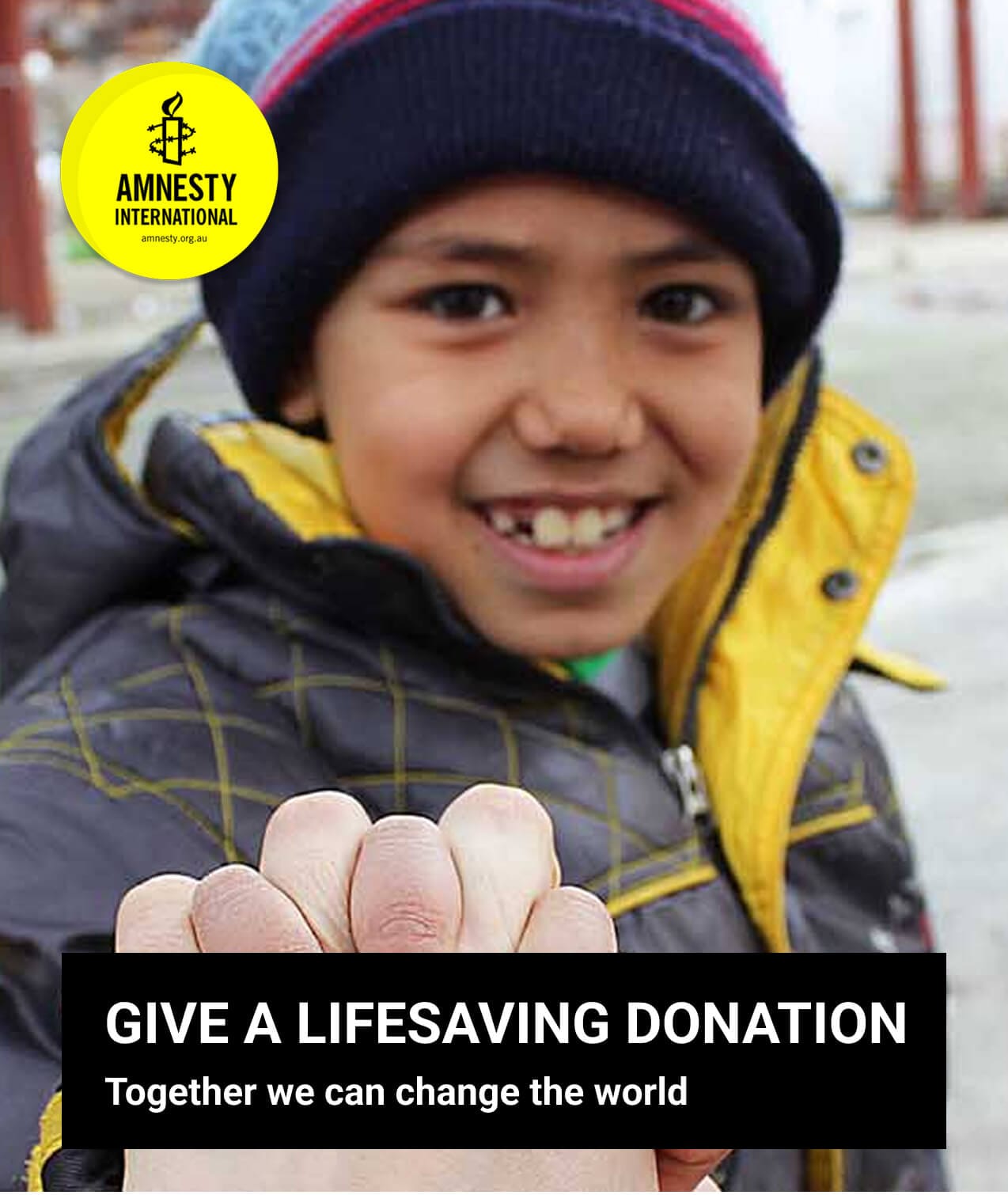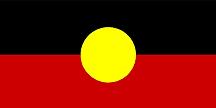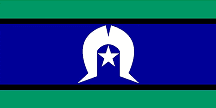Amnesty Australia takes a look at the origins of the Israel-Palestine conflict, the current violence in Gaza, and what needs to happen next.
First things first, where are Israel and Palestine?
Israel is a country in the Middle East and Palestine consists of two separate territories that run alongside Israel: Gaza and the West Bank. The borders between Israel and the Palestinian territories have long been in dispute.
The Palestinian territories are governed by the Palestinian Authority (PA), which was established in 1984 to provide self-government for Palestinians. However, due to political infighting between Hamas and Fatah – resulting in a division of control between Gaza and the West Bank – the AP is now only notionally in control.
Let’s talk about Gaza
Gaza is a narrow strip of land on the Mediterranean Sea, bordered by Israel and Egypt.
Despite being only 12 km wide and 50 km long, Gaza is home to 1.82 million people. The territory is approximately one third the size of Canberra but with five times the population, making it is one of the most densely populated places on earth.
Israel has full control of Gaza’s airspace and waterways and has stopped supplies and electricity moving across the border into the strip. Such tight control makes Israel the occupying power and the enforcement of a seven-year blockade has formed part of a rigid collective punishment on the people of Gaza by Israel.
Israel-Palestine – it’s complicated, right?
Like you wouldn’t believe. In fact, we can’t hope to cover every detail here so we’ll try to make it quick.
Although the conflict has origins going back to the early 1900s, when the region was part of the Ottoman Empire, we’re going to look at what happened during the mid-21st century.
In 1948, back when Palestine was a British territory, the United Nations (UN) declared it would be divided into two independent countries: Israel and Palestine.
To cut a very long and complicated story short, the Arab leaders of Palestine rejected the divide and attempted to maintain a unified, independent Palestine. This led to fighting, the upshot of which was that Palestine was defeated and Israel ended up controlling more land that the UN had originally granted to it.
Where do things stand now?
In 1967, during another war between Israel and the Palestinian territories, Israel began its military occupation of Gaza and the West Bank.
Although Israel withdrew its occupying troops from Gaza in 2005, it maintains a full blockade of the territory. The West Bank still remains under Israeli occupation.
In the years since occupation began, Israel and the Palestinian territories have been stuck in an unending cycle of violence and retribution. Whilst there are individuals and groups on both sides who are guilty of perpetuating the conflict, and Israeli citizens live under the threat of missiles and rockets from Hamas, Palestinian civilians still bear the brunt of the conflict.
So what’s happening right now?
On 10 June this year, three Israeli teenagers hitchhiking in the West Bank were murdered by Hamas. Israel responded by arresting Hamas operatives in the West Bank and with air strikes against the group in Gaza.
On 2 July Israeli extremists kidnapped and murdered a Palestinian teenager in Jerusalem, which was followed by protests across Palestinian neighbourhoods and cities. Israeli security forces cracked down on the protests and Hamas and other Gaza groups responded by launching dozens of rockets into Israel. And Israel hit back with more air strikes.
The violence in Gaza is devastating. Since Israel launched “Operation Protective Edge” on
Gaza on 8 July, over 640 Palestinians have been killed, including 147 children, and thousands of people injured. According to Gaza Ministry of Health figures, the majority of those killed have been civilians. Over 25 Israeli soldiers and two Israeli civilians have been killed and several Israeli civilians have been injured.
Israeli attacks against civilian homes in Gaza have left over 15,000 people homeless and, according to the United Nations, over a million of the population are without water or sewage services.
Potential war crimes are being committed on both sides.
Israel’s “knock on the roof” tactic – where a smaller bomb is dropped on a house as a warning to civilians inside before a larger bomb destroys the home – has the potential to be a war crime.
Hamas has fired hundreds of indiscriminate rockets into Israel in what is a clear violation of international law. It has also stored munitions in civilian buildings, disregarding international law and endangering the lives of civilians. International law is clear on this point – civilians must never be used as either shields or cover for military operations.
Despite the intent of warning civilians and claims that Hamas is using civilian homes for military purposes, both sides must show that they are targeting legitimate targets.
What will stop the violence?
The potential war crimes and human rights violations on both sides will continue to spiral out of control unless other countries fuelling the violence acknowledge their role and demand an end to the civilian deaths. One of the simplest ways to do that is to remove the weapons used to kill civilians.
We don’t have data on who supplies weapons to Palestinian armed groups but we do know the major suppliers of weapons to Israel: the US and UK.
The US is by far the largest exporter of military equipment to Israel, giving over $3 billion in annual “Foreign Military Financing”.
Last year the UK sold £6.3 million-worth of arms to Israel and arms sold by the UK government have been used to commit human rights violations in Gaza in the past.
In the short term, ceasefires must be allowed so emergency repairs can be made to water and sewage works in Gaza to avoid a public health catastrophe.
In the long-term, Israel must lift its crippling blockade of Gaza which violates international law and Israel’s obligations as the occupying power. It a key element of the context of the current hostilities.
Ultimately, both sides must respect the laws of war, protect civilians and hold those responsible for possible war crimes accountable.
Article written by Katie Young, Online Editor
